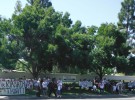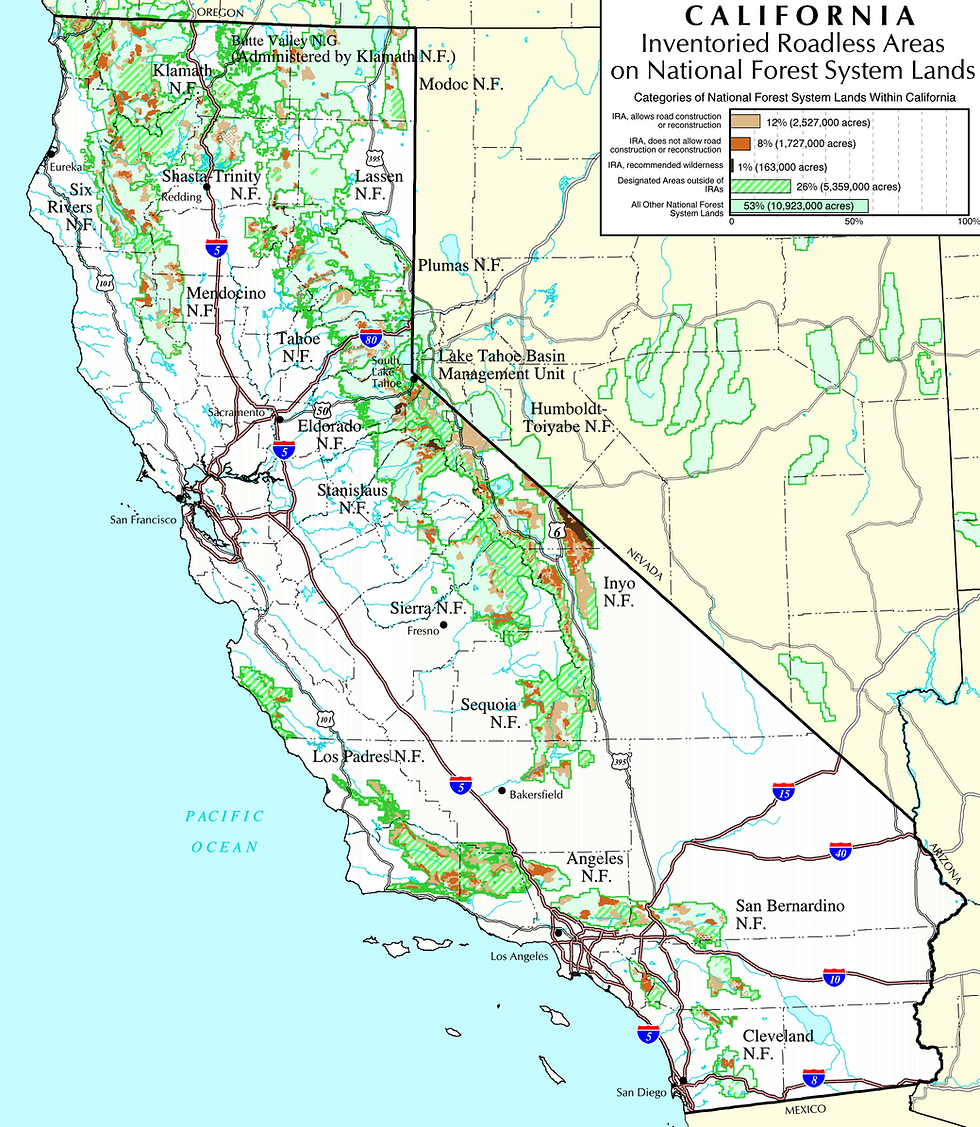Rally to Save Klamath Salmon
- EPIC Staff
- Aug 20, 2014
- 3 min read
Updated: Aug 30, 2023

The Klamath River is home to one of the most spectacular salmon fisheries on the planet, but in recent weeks, fish have been washing up dead and diseased. Several instances of dead fish have been reported near Klamath tributaries, but by the time scientists arrive to verify the carcasses, they are gone, likely eaten by scavengers.
In July, during the Salmon River Cooperative Spring Chinook and Summer Steelhead Surveys, more salmon deaths were documented than had ever been seen in the thirty year period of record. According to Nat Pennington, member of the Klamath Fish Health Assessment Team, “these early signs of fish stress in the river are reminiscent of 2002, when the Klamath River was host to the largest fish kill in U.S. history. Many of the indicators, poor fish health and river conditions, that I remember in 2002 are considerably worse this year, if preventative measures are not taken, large-scale mortality is likely.”
So far, the Bureau has announced that they will not release preventative flows, which would prevent a fish kill. Instead, they have said they will only release emergency flows, which would only be triggered by verifying large numbers of dead or diseased fish. Once the deaths are reported, it takes at least 4 days to get water from the dam to where the fish are, which scientists say would be too late. When the 2002 fish kill happened and 60,000 fish died, once the fish started washing up, they all died within a few days.
“The Klamath fish kill of 2002 was devastating for our tribal communities and to the West Coast Fisheries. Previously, Tribes, fisheries scientists, and the Department of the Interior have worked together to avert fish kills by releasing preventative flows during drought years,” said Frankie Myers of the Yurok Tribe Watershed Restoration Program, “We need these releases now more then ever.” After meeting with tribal members on Tuesday, Murillo said he would reconsider preventative flows, and would make an announcement later this week.
The health of Klamath salmon runs are used to determine ocean harvest levels in California and Oregon and are of great importance to the Klamath Tribes who depend on them for subsistence, and for a way of life. “Klamath Salmon runs significantly affect ocean fishery regulations, another fish kill in the Klamath would be devastating for our livelihoods, and fishermen feed America,” said Mike Hudson, President of Small Boat Commercial Salmon Fisheries Association.
The poor river conditions negatively affecting the Klamath salmon are caused by four dams that breed toxic algae, heat water and block fish passage. In April of 2013, a final environmental impact statement recommended that all four aging hydroelectric dams be removed from the Klamath River to help struggling wild salmon runs. A Congressional bill titled the Klamath Basin Water Recovery and Economic Restoration Act, which is in committee now, would remove all four hydroelectric dams, but the prognosis indicates it only has a 5% chance of passing through U.S. Congress.
EPIC advocates for the protection and restoration of Klamath River Basin and the fish that depend on the health of the River. Our staff has been reaching out to tribes, elected officials and resource agencies to do everything we can to get water into the river and avert another fish kill. If you have not done so already, please send a letter to decision-makers and let them know that fish need water.














Comments